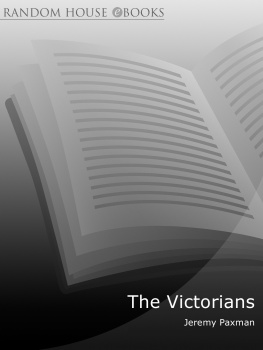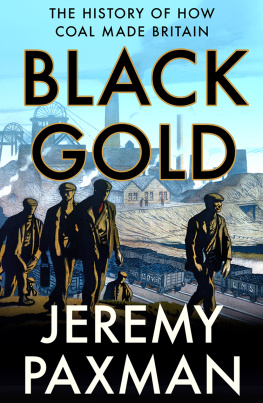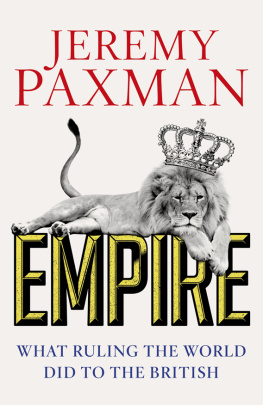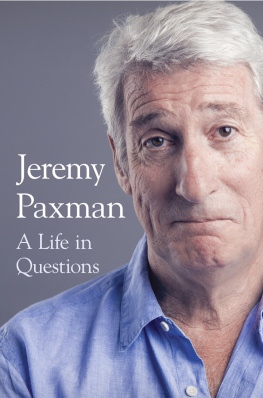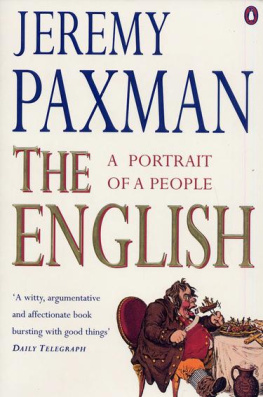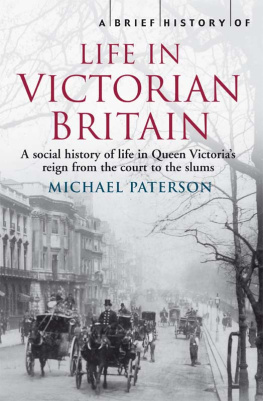This ebook is copyright material and must not be copied, reproduced, transferred, distributed, leased, licensed or publicly performed or used in any way except as specifically permitted in writing by the publishers, as allowed under the terms and conditions under which it was purchased or as strictly permitted by applicable copyright law. Any unauthorised distribution or use of this text may be a direct infringement of the authors and publishers rights and those responsible may be liable in law accordingly.
Version 1.0
Epub ISBN 9781409070108
www.randomhouse.co.uk
Published to accompany the BBC television series
The Victorians first broadcast on BBC One in 2009.
Executive producer: Basil Comely
Series producer: Julian Birkett
Editing and additional research: Neil Hegarty
Consultant: Rosemary Barrow
Commissioning editor: Albert DePetrillo
Project editor: Christopher Tinker
Copy-editor: Steve Tribe
Design: OLeary & Cooper
Picture researcher: Sarah Hopper
Production: David Brimble
To buy books by your favourite authors and register for offers, visit www.randomhouse.co.uk
Cover Credits: Front: (top) George Joy, The Bayswater Omnibus, 1895 Museum of London/The Bridgeman Art Library; (bottom, background) Robert Howlett, Isambard Kingdom Brunel (1806-59) beside the Great Eastern, c. 1857 Private Collection/The Stapleton Collection/The Bridgeman Art Library; (bottom, foreground) detail from George Elgar Hicks, The General Post Office, One Minute to 6, 1860 Museum of London/The Bridgeman Art Library. Back: Elizabeth Thompson (Lady Butler), The Battle of Balaclava in 1854, 1876 Manchester Art Gallery/The Bridgeman Art Library
First published in 2009 by BBC Books, an imprint of Ebury Publishing
A Random House Group Company.
This edition published in 2010.
Copyright Jeremy Paxman 2009
Jeremy Paxman has asserted his right to be identified as the author of this Work in accordance with the Copyright, Designs and Patents Act 1988.
All rights reserved. No part of this publication may be reproduced, stored in a retrieval system, or transmitted in any form or by any means, electronic, mechanical, photocopying, recording or otherwise, without the prior permission of the copyright owner.
The Random House Group Limited Reg. No. 954009.
Addresses for companies within the Random House Group can be found at www.randomhouse.co.uk
A CIP catalogue record for this book is available from the British Library
ISBN 978 1 846 07744 9
C ONTENTS
ONE
THE MOB IN THE PICTURE GALLERY
TWO
THY LONG DAYS WORK
THREE
THE ANGEL IN THE HOUSE
FOUR
A WORLD OF WEALTH AND POWEr
FIVE
A LAND OF DREAMS
I NTRODUCTION
IN MY CHILDHOOD it was generally agreed that the adjective Victorian meant stuffy, buttoned-up, gloomy, cold, mawkish, prudish and hypocritical. Victorians wore dark, uncomfortable clothes and had dark, uncomfortable values. They inhabited a world of smugness and draughty corridors. They shrouded the legs of pianos in case the turn of a piece of wood might trigger lascivious thoughts. If you were describing where someone lived (and the house where I spent many of my early years fits the bill) you might, without thinking about it very much, add the extra adjective: He lives in that grim Victorian house down the road. No one disputed your right to make such a value judgement. To our eyes, the Victorian house does look grim, gothic and forbidding, designed less to welcome or comfort than to impress.
The curious thing about this prejudice was that a dislike of the taste of the Victorians ran alongside the painful recognition that the country they had created had enjoyed a much better standing in the world than the one in which the inhabitants of Cold War Britain spent their lives. We were like children railing against unfairness, screaming youll be sorry; it strikes me now that so much of this dislike was the consequence of this fatuous sense of perceived injustice. The Victorians had made our world, but we didnt feel much at home in it. We werent quite sure what the new world would require (were no more certain now) but we were quite confident that, whatever it was, it wouldnt involve the moral certainties and gothic curlicues of the Victorians.
It has been the odd destiny of the Victorians to have created modern Britain, only for modern Britain to sneer and spit at them. In reality, of course, the reputation of the age rises and falls not on its own intrinsic merits but on the tastes and prejudices of the point from which it is viewed. Our attitudes have yet to escape the long shadow cast by the superiority of the Bloomsbury set. As the cartoonist and nineteenth-century enthusiast Osbert Lancaster once observed of the Victorians, in the twenties they were deemed comic because they were good husbands, in the thirties they were thought shocking because they were bad employers. By the 1960s, they were just an irrelevance.
And so an astonishing world began to vanish. Entire streets of terraced houses were bulldozed. Municipal buildings, public bath-houses and schools were laid to waste . The General Post Office on St Martins Le Grand, with its thousand radiant gas lamps, was demolished as early as 1912. The London Coal Exchange had a date with the wreckers ball in the 1960s, swept away to allow for road-widening work in the City of London. With its central rotunda and towering dome, its 40,000-piece wooden floor inlaid in the shape of a mariners compass, its tiers of balconies, dealers offices, its wind dial to determine when the next shipment of coal might arrive, this, surely, was a building that might have belonged in Harry Potters Diagon Alley. It was flattened. The same fate befell the grandest monument of the railway age, the magnificent classical-revival arch which greeted travellers at Euston station. The contractor charged with levelling the thing offered to find an alternative site for the arch, but, no, the government decreed it must be destroyed. The remorseful contractor commissioned a silver model of the arch and presented it to the president of the Victorian Society, who remarked that the gesture made him feel as if some man had murdered his wife and then presented him with her bust. The rubble of the arch, meanwhile, was tipped summarily into the bed of the River Lea. In this sort of atmosphere, the best that a conservationist might hope for was mere indifference, of the sort that befell the Midland Hotel, the spectacular building designed by George Gilbert Scott at St Pancras, with its clock tower, turrets, gables and pinnacles: what had once been the grandest hotel in the empire subsided over the decades under moss, decay and pigeon shit.
We flatter ourselves that we are less blinded by aesthetic prejudice today. The miracles of Victorian engineering the Clifton and Forth Bridges, the Ribblehead Viaduct that carries the Settle to Carlisle railway line across the uplands of northern England, and many others like them are now loved and appreciated; and those severe nineteenth-century houses appear today, curiously, a little less severe when advertised on glossy property websites. Victorian storytelling is, rightly, recognised as second-to-none, and the larger-than-life characters invented by Dickens, Gaskell, Trollope, Thackeray and the Bront sisters provide perfect fodder for a succession of screen costume dramas. But the visual art of the Victorians has yet to be rescued from indifference. J.M.W. Turner may have painted the most popular picture in Britain (The Fighting Temeraire, Tugged to Her Last Berth to be Broken Up, 1838

